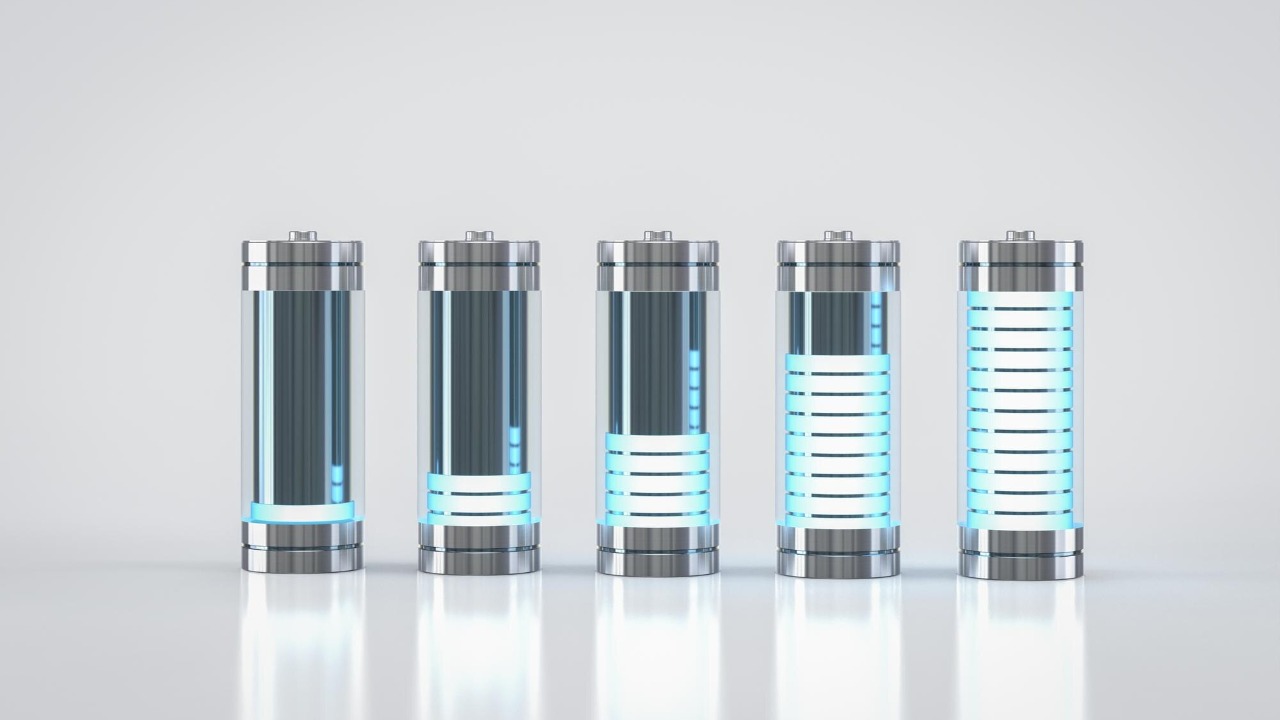
Researchers have developed the world’s first flow battery powered by glucose and vitamin B2, mimicking the human body’s natural energy production process through biochemical reactions. This innovative device, detailed in recent reporting on October 16, 2025, utilizes riboflavin (vitamin B2) as a key component to generate electricity from sugar, potentially revolutionizing sustainable energy storage. Interesting Engineering reports that this breakthrough could pave the way for more environmentally friendly energy solutions.
The Innovation of a Glucose-Powered Flow Battery
The core design of this groundbreaking battery is a flow system where glucose serves as the primary fuel source to produce energy. This setup marks a significant advancement in energy technology, as it introduces a new type of glucose-powered flow battery. The system operates by circulating glucose solutions through the battery, where it undergoes electrochemical reactions to generate electricity. This approach not only highlights the innovative use of glucose but also positions the battery as a potential game-changer in the field of renewable energy storage Interesting Engineering.
Vitamin B2, or riboflavin, plays a crucial role in this process by facilitating electron transfer within the battery’s electrochemical system. This function is essential for the conversion of glucose into electrical energy, as riboflavin acts as a mediator that enables efficient electron flow. By integrating riboflavin into the battery’s design, researchers have successfully harnessed a natural biochemical process to create a sustainable energy source. This innovative use of vitamin B2 underscores the battery’s classification as the world’s first of its kind, combining these natural elements for power generation Interesting Engineering.
Biomimicry: Replicating Human Energy Production
The battery’s design is inspired by the human body’s glycolysis process, where glucose is broken down to release energy. This biomimetic approach replicates cellular metabolism, allowing the battery to convert glucose into energy in a manner similar to how our bodies generate power. By mimicking this natural process, the battery not only demonstrates a novel method of energy production but also highlights the potential for biomimicry in developing sustainable technologies Interesting Engineering.
In the human body, vitamin B2 plays a vital role in the mitochondria, aiding in the conversion of sugar into usable energy. Similarly, in the battery, riboflavin facilitates the conversion of glucose into electricity without producing harmful byproducts. This parallel between the battery’s function and human metabolism emphasizes the potential for using biological processes as models for technological innovation. By leveraging the natural efficiency of vitamin B2, the battery offers a promising alternative to traditional energy storage solutions Interesting Engineering.
Key Components and Operational Mechanism
The structure of the battery includes a flow system that circulates glucose and vitamin B2 solutions, ensuring a continuous energy output. This design allows for the sustained generation of electricity, as the flow system maintains a steady supply of reactants necessary for the electrochemical reactions. The integration of these components into a cohesive system highlights the innovative engineering behind the battery’s operation Interesting Engineering.
At the heart of the battery’s operation are the electrochemical reactions facilitated by vitamin B2, which acts as a redox mediator. This role is crucial for enabling efficient energy creation from sugar, as riboflavin helps transfer electrons within the battery. By optimizing these reactions, the battery achieves a high level of efficiency, making it a viable option for sustainable energy storage. The announcement of this mechanism on October 16, 2025, marks a significant milestone in the development of emerging battery technologies Interesting Engineering.
Potential Impacts on Sustainable Energy
The use of abundant, biodegradable materials like glucose and vitamin B2 offers several advantages over traditional batteries, which often rely on rare metals. This shift towards more sustainable materials reduces environmental impact and aligns with global efforts to promote green energy solutions. By minimizing the reliance on scarce resources, the glucose-powered battery presents a more eco-friendly alternative for energy storage Interesting Engineering.
The potential applications of this technology extend to renewable energy storage, where the battery’s human-like efficiency could support grid-scale solutions. By providing a reliable and sustainable method of storing energy, the battery could play a crucial role in integrating renewable sources into the energy grid. This capability not only enhances the viability of renewable energy systems but also contributes to the broader goal of achieving a more sustainable energy future Interesting Engineering.